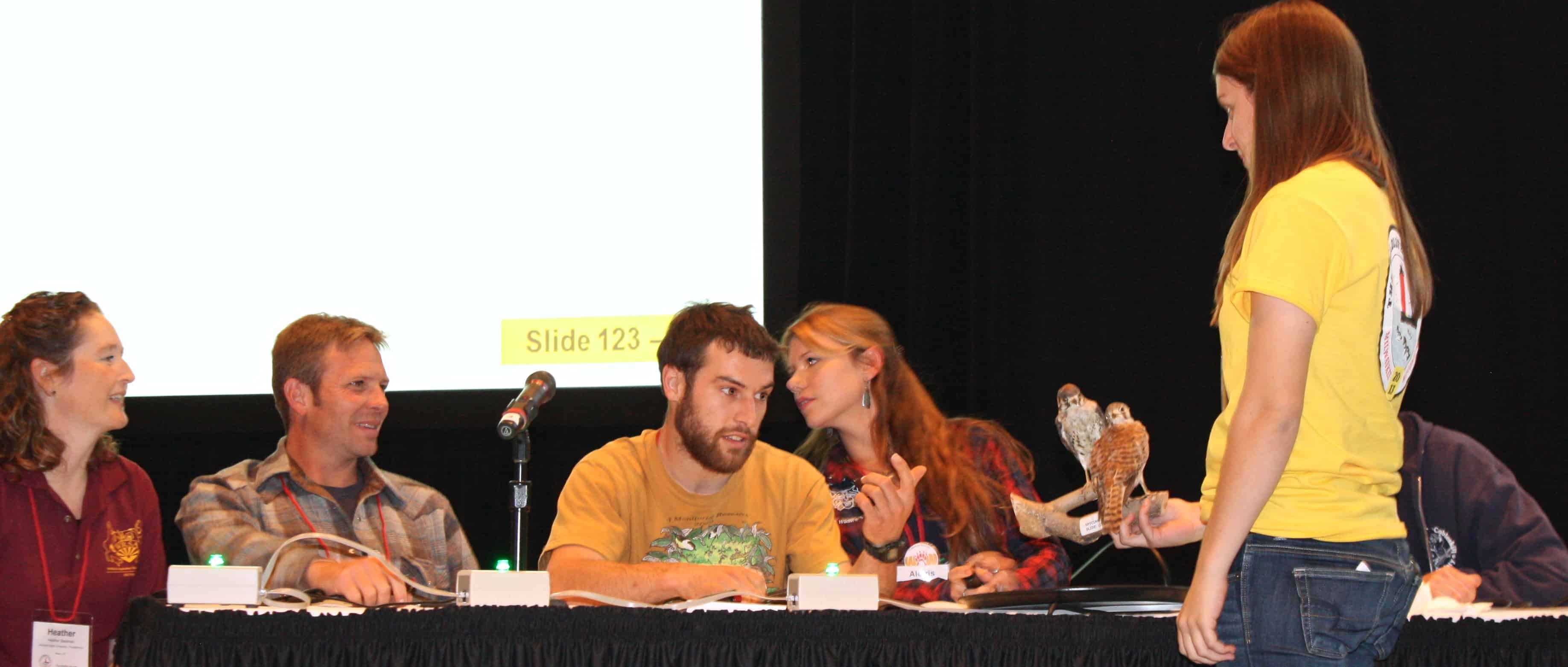Share this article
A member’s message to students: Biometrics, revolutions and job opportunities
The wildlife discipline is actually quite broad, with a number of subject areas in which students are expected to become proficient, including such diverse topics as field skills, natural history, wildlife administration and statistics. Given that student time is finite, and that it is likely not possible to become expert in all areas, how should a wildlife student select areas of emphasis (topics worthy of a bit more time and effort)? One reasonable selection criterion might be the degree to which the need for proficiency in a subject area is pervasive in the wildlife discipline. Is this expertise that most wildlifers will need, or are there many professional wildlife positions in which one can get by without it? Another criterion might be current job availability. That is, what kinds of positions seem to be in short supply, and what skills are emphasized in current position advertisements? Yet another criterion for selecting areas to emphasize as a student might be projections of future utility. What skills will wildlife professionals need in the coming decades? Here, I’ll briefly make an argument that each of these criteria could easily lead a student to emphasize biometrics as an area worthy of emphasis.
Three broad classes of methods are important subject areas for the Biometrics Working Group (BWG) and are useful to practicing wildlife managers and biologists. The first is modeling, needed, for example, to project consequences of alternative management actions. The second is estimation and statistical inference, including the ability to populate our models with reasonably accurate estimates of quantities ranging from state variables (e.g., population size) to parameters describing key relationships (e.g., between a management action and a vital rate). The third is decision analysis, an informed approach for using models and estimates to help make decisions about wise management actions.
Beginning in the 1970s, the first two classes of methods have undergone impressive revolutions within the wildlife field. As a discipline, we have gained so much proficiency with these methods that much of our pre-1970 work in these areas is barely recognizable. Biometrical methods have become so pervasive in the wildlife discipline that it is difficult to function as a professional in many positions without a good working knowledge of them. This pervasiveness of biometrical methods is reflected in current job announcements, with many such advertisements emphasizing candidates with quantitative abilities. Finally, I believe that we are seeing the beginnings of a revolution in the third class of methods, those dealing with decision analysis. Combining models and estimates with management objectives and potential actions in a formal way permits decisions that are demonstrably optimal, lending transparency and rigor to a facet of wildlife management that traditionally has been characterized by neither.
So my claim is that two methodological revolutions have occurred and another has just begun, and that all three entail use of biometrical methods. Because of these revolutions, I believe that biometrical methods meet the three listed criteria for study topics worthy of emphasis. The take home message is simple. Students looking ahead to future job opportunities stand to benefit by spending a bit of time and effort to learn some biometrics. The BWG, with its workshops and other activities, provides a nice vehicle to promote such learning.
Header Image: A TWS conference quiz bowl team deliberates after being asked to identify the presented bird species.









